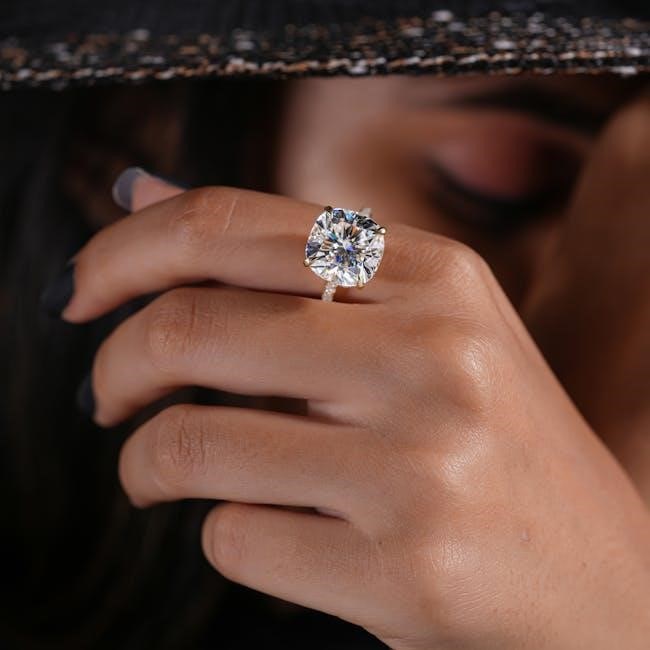Guido Daniele, an Italian artist, transforms human hands into stunning animal depictions through body painting, while Guido d’Arezzo revolutionized music with the Guidonian Hand, a medieval mnemonic device for singers, blending art and education.
Guido Daniele: The Body Painter
Guido Daniele, an Italian artist, creates hyper-realistic animal depictions by painting on human hands, blending art and nature seamlessly. His unique technique transforms hands into intricate canvases, inspiring wonder and supporting causes like WWF.
Background
Guido Daniele, an Italian artist, began exploring body painting over two decades ago, eventually focusing on hands as his primary canvas. His journey into this unique art form started with traditional painting, but he soon discovered the potential of human skin as a medium. Daniele’s work gained international recognition for its hyper-realistic depictions of animals, created by meticulously applying paint to models’ hands. This innovative approach not only showcases his artistic skill but also highlights his ability to blend art with nature. Over the years, his creations have supported charitable causes, such as the WWF, raising awareness through his stunning hand-painted designs. Daniele’s background in illustration and trompe l’oeil techniques laid the foundation for his transition to body art, making him a pioneer in this unconventional yet captivating field.

Techniques
Guido Daniele’s body painting techniques are renowned for their precision and creativity. He uses human hands as his canvas, transforming them into hyper-realistic animal depictions through meticulous layering of paint. Daniele’s process involves detailed planning and collaboration with models to ensure the paint adheres naturally to the skin’s texture. His use of trompe l’oeil techniques creates optical illusions, making the painted hands appear almost three-dimensional. Each design is hand-painted with patience, ensuring every detail, from fur textures to eye expressions, is captured accurately. Daniele’s ability to blend colors seamlessly and his mastery of shading contribute to the lifelike quality of his work. His innovative approach to body art has set him apart, making his hand-painted creations both visually striking and thought-provoking. This unique method showcases his artistic skill and dedication to pushing the boundaries of traditional painting mediums.


Cultural Impact
Guido Daniele’s body painting has made a significant cultural impact by blending art and nature, inspiring global audiences. His hand-painted animal designs on human hands have raised awareness for environmental causes, such as supporting WWF. This unique art form has redefined body painting, encouraging artists to explore unconventional canvases. Daniele’s work has also influenced popular culture, appearing in media and advertising, thereby promoting the appreciation of wildlife and conservation efforts. His ability to transform hands into lifelike animals has sparked creativity and inspired new trends in the art world. Additionally, his contributions have highlighted the potential of body art as a powerful medium for storytelling and advocacy. Through his innovative techniques, Daniele has left a lasting impression on contemporary art and culture.
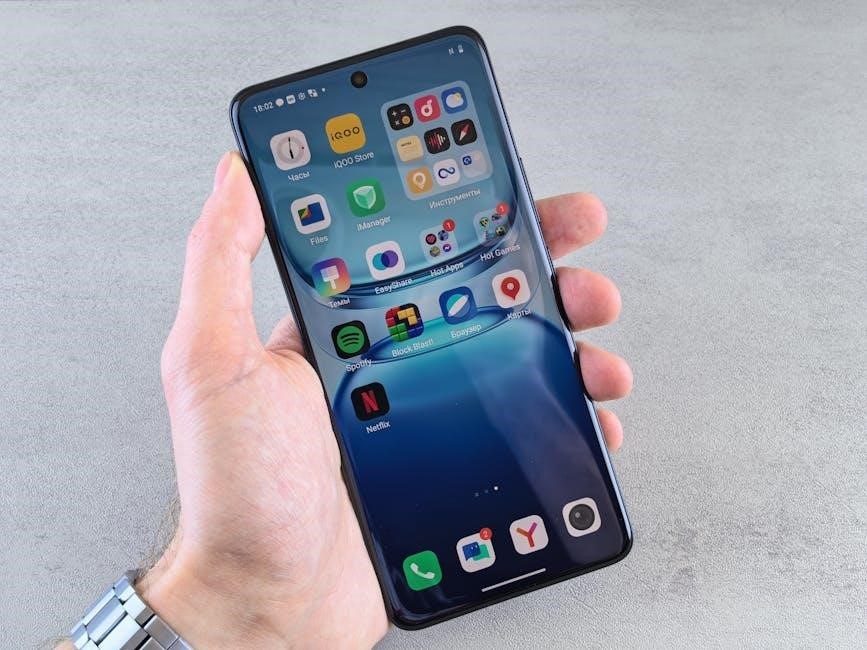
Inspiration
Guido Daniele’s work draws inspiration from nature and the human form, creating intricate animal depictions on hands that blur the line between reality and art. His hyper-realistic body painting is influenced by the natural world, often using wildlife as his muse. Daniele’s ability to transform human skin into a canvas has inspired countless artists to explore unconventional surfaces for their work. Additionally, his passion for conservation, particularly through collaborations with organizations like WWF, has motivated others to use art as a tool for environmental advocacy. The Guidonian Hand, attributed to Guido d’Arezzo, was inspired by the need to simplify music education, revolutionizing how singers learned to sight-sing. Both Guidos, though centuries apart, share a common thread of innovation, using their talents to inspire and educate across different artistic disciplines. Their work continues to influence modern artists and educators, leaving a lasting legacy of creativity and ingenuity.

The Guidonian Hand: A Musical Innovation
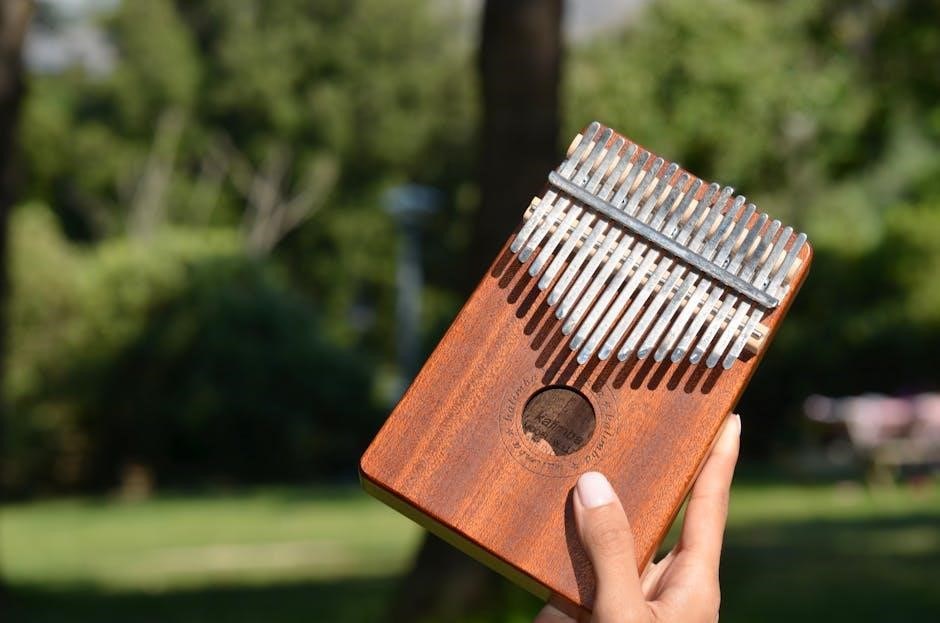
The Guidonian Hand, developed by Guido d’Arezzo, is a revolutionary mnemonic device that aids singers in learning musical notation. It connects hand gestures to musical pitches, simplifying sight-singing and transforming music education.
Historical Development
The Guidonian Hand emerged in the 11th century, attributed to Guido d’Arezzo, a Benedictine monk and music theorist. This innovative tool was first mentioned in Guido’s treatise Micrologus, though the exact design was refined over the following centuries. The hand, often depicted with extended fingers, served as a visual aid for singers to memorize musical pitches. Each section of the hand corresponded to specific notes within an octave, making it easier to learn and teach solmization. By the 12th century, the Guidonian Hand became a standard teaching tool across Europe, revolutionizing music education. Its widespread use continued through the 16th century, shaping how musicians understood and performed complex melodies. This historical development not only highlights Guido’s ingenuity but also underscores his lasting impact on Western music pedagogy;

Educational Role
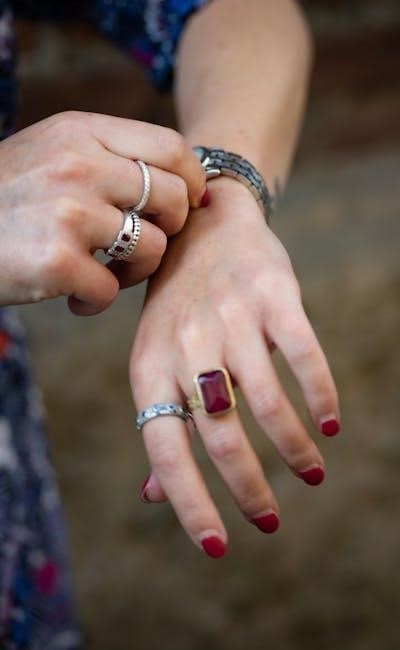
The Guidonian Hand played a pivotal role in revolutionizing music education during the Middle Ages. It served as a mnemonic device that simplified the process of learning to sight-sing, enabling singers to associate specific pitches with visual cues. By mapping musical notes to the fingers and joints of a hand, Guido d’Arezzo created an intuitive system that made complex melodies more accessible. This method was particularly effective for teaching choirs, as it provided a shared visual reference for singers to align their pitches accurately. The hand’s design allowed for a systematic approach to solmization, the practice of assigning syllables to musical notes, which remains a cornerstone of vocal training. Over the centuries, the Guidonian Hand became a standard tool in music schools and monasteries, ensuring its enduring legacy in music pedagogy. Its simplicity and effectiveness have inspired modern adaptations, such as apps that transform hand images into interactive keyboards for learning.
Legacy and Modern Use
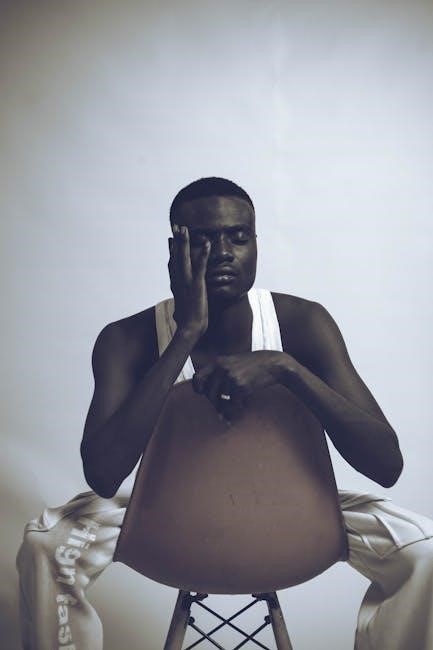
The Guidonian Hand has left an indelible mark on music history, remaining a cornerstone of solfège and vocal training for centuries. Its innovative approach to associating pitches with physical landmarks on the hand revolutionized how musicians learned to sight-sing. Even though Guido d’Arezzo’s original works do not explicitly describe the hand, its widespread use during the Middle Ages solidified its connection to his legacy. In modern times, the Guidonian Hand has inspired new technologies, such as apps that transform hand images into interactive keyboards, allowing users to play musical tones or solfège syllables. These digital tools not only preserve the hand’s educational value but also make it accessible to a new generation of learners. The enduring relevance of the Guidonian Hand underscores its timeless utility as a teaching aid, bridging the gap between medieval tradition and contemporary innovation in music education.
Guido’s Hand represents a fascinating convergence of art, innovation, and education, leaving a lasting impact across centuries. From Guido d’Arezzo’s revolutionary Guidonian Hand, which transformed music education through its mnemonic device, to Guido Daniele’s breathtaking body paintings that turn human hands into vivid animal depictions, both figures have redefined their respective fields. The Guidonian Hand’s enduring legacy in music theory and its adaptation into modern tools like apps highlight its timeless relevance. Meanwhile, Daniele’s work continues to inspire creativity and raise awareness for causes like wildlife conservation. Together, their contributions remind us of the power of human ingenuity to bridge the past and the future, ensuring that the concept of “Guido’s Hand” remains a testament to innovation and artistic expression.
